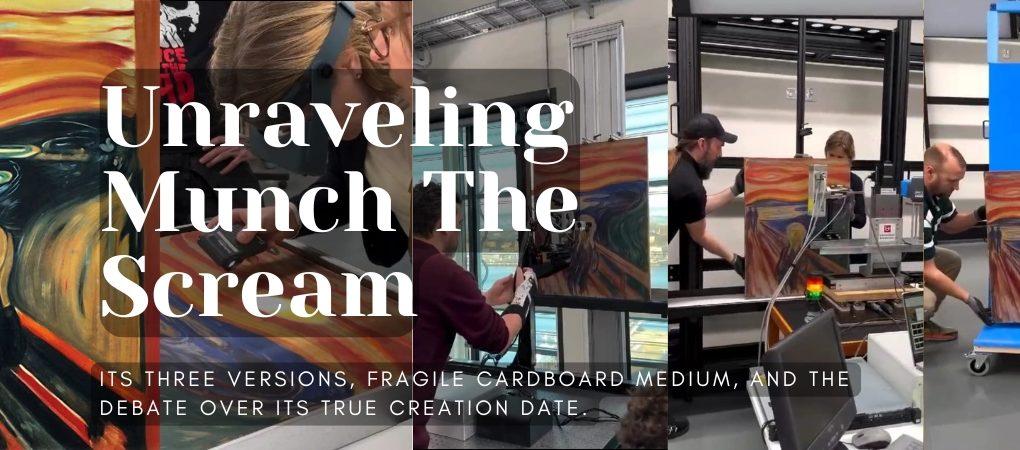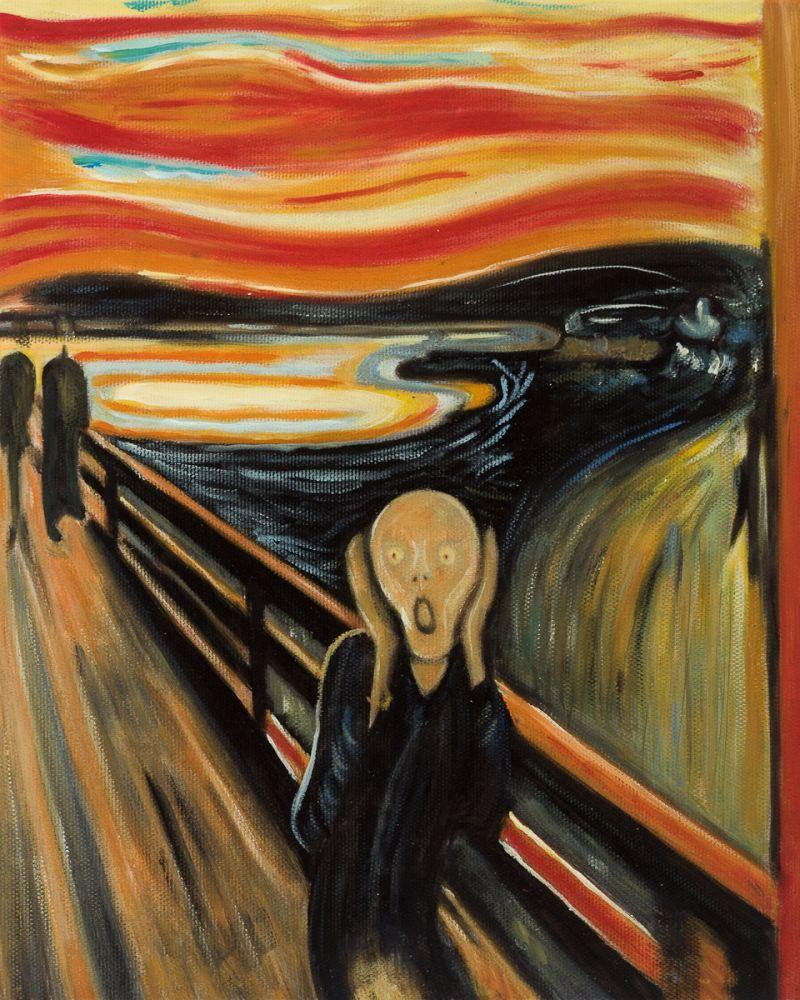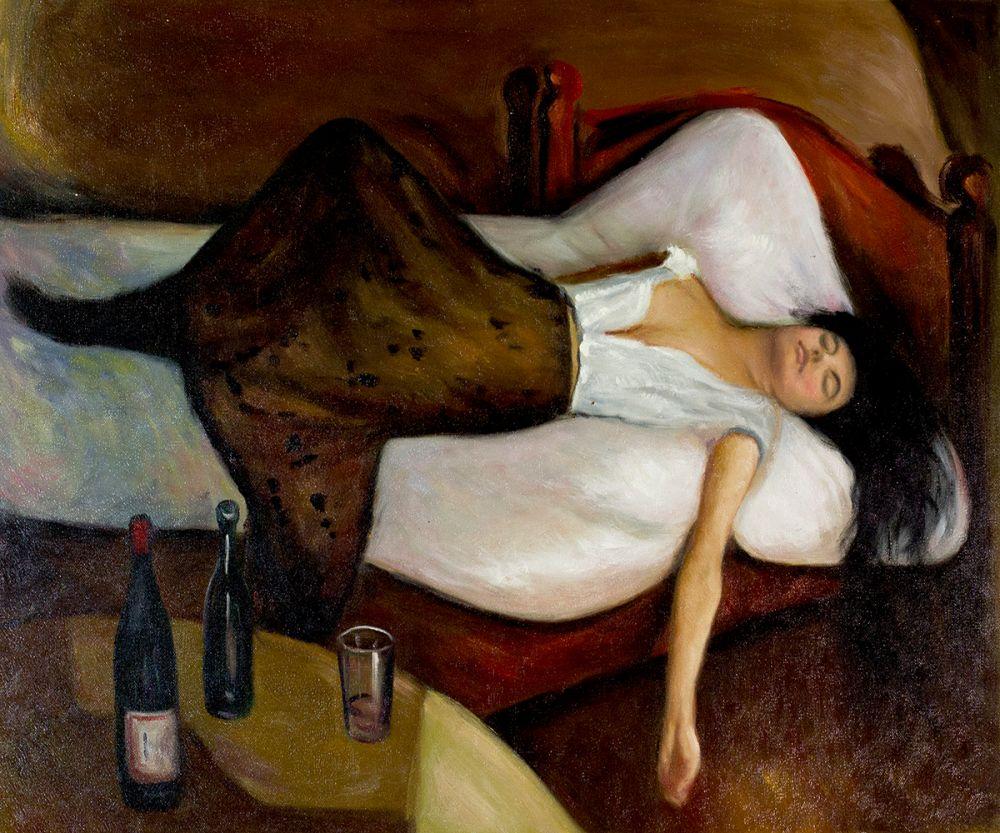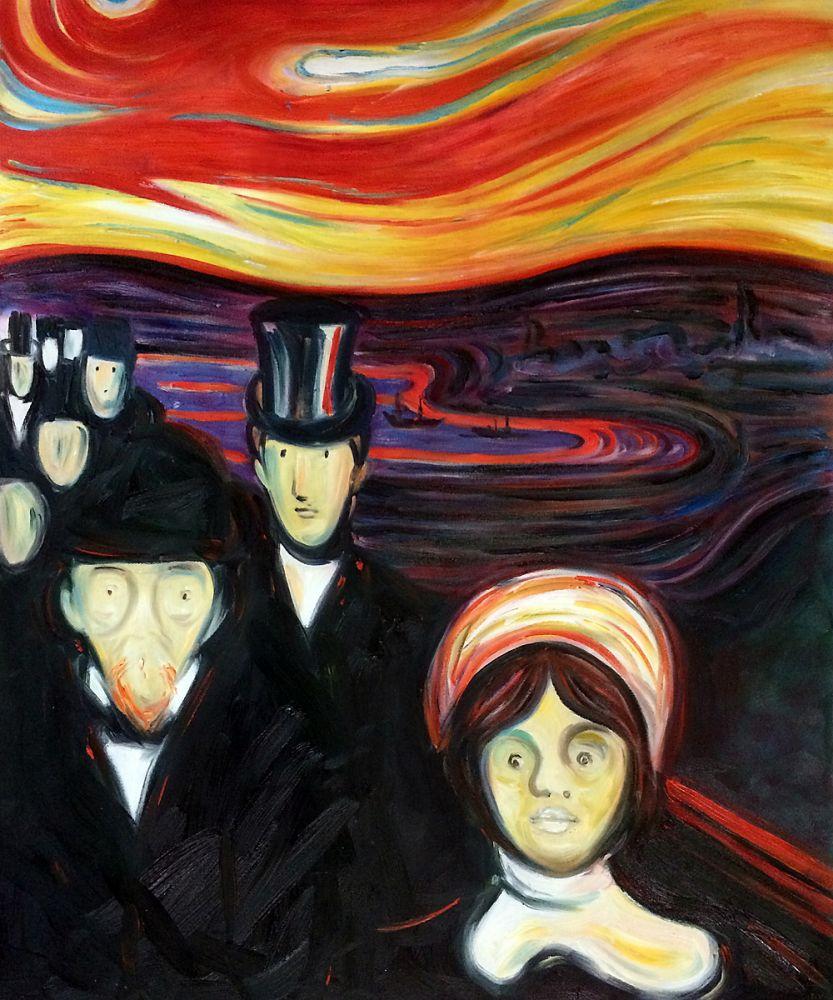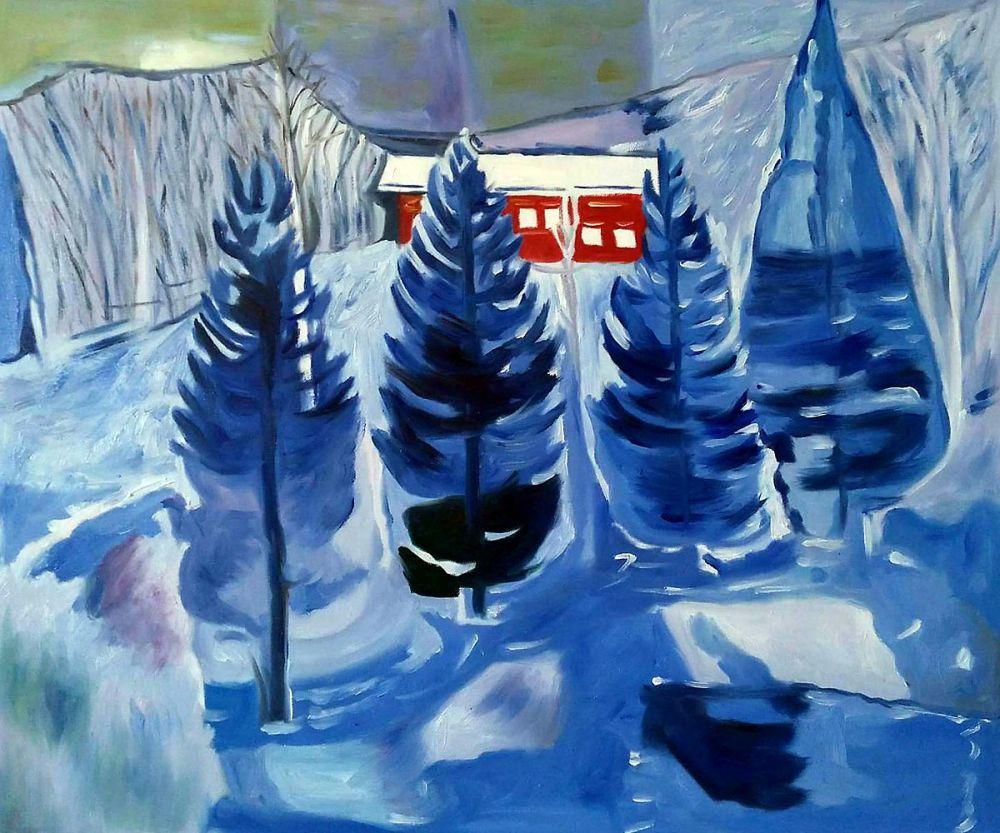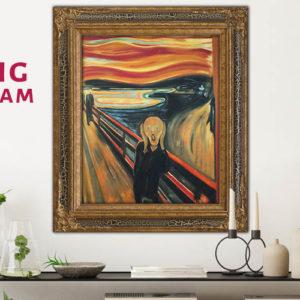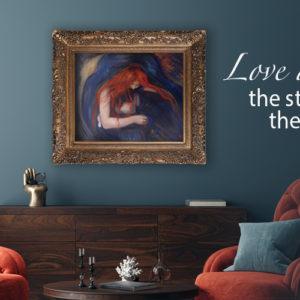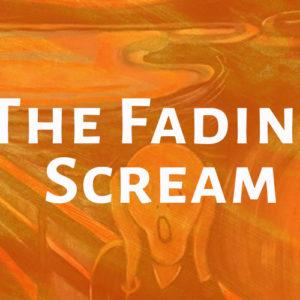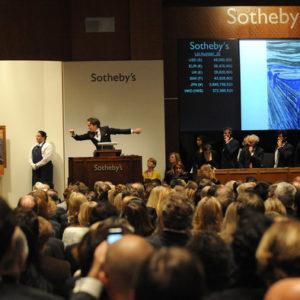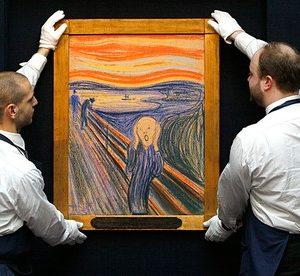Art History
Art World News
Munch the Scream: A Cardboard Painting with 3 Versions & a Mystery
Few paintings in the history of art have captured the essence of human anxiety and existential dread quite like The Scream by Edvard Munch. With its swirling sky, eerie landscape, and the ghostly figure clutching its face in silent agony, The Scream is more than just a painting—it is a visual manifestation of the turmoil that lies within the human soul.
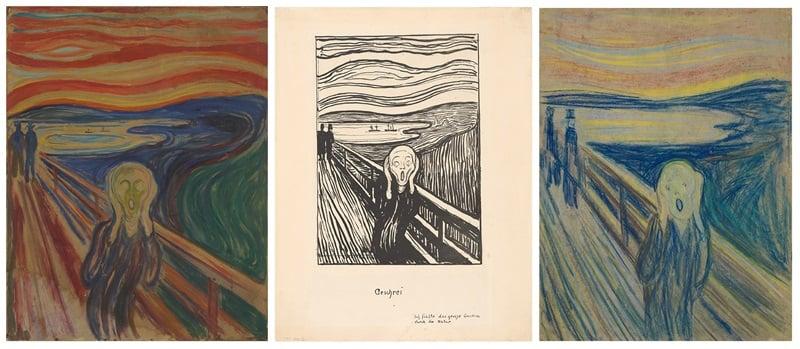
Three versions of Edvard Munch’s The Scream: Tempera and oil on cardboard, 1910? / Litograph, 1895. / Crayon on cardboard, 1893. Foto © Munchmuseet
A Series, Not a Single Painting
What many may not realize is that The Scream is not a singular piece, but rather a series of artworks created by Munch in different mediums and years.
- The first version, made in 1893, was executed in crayon on cardboard, an unconventional choice that added to its raw, expressive power.
- Two years later, in 1895, Munch produced a lithograph version, allowing the image to be reproduced and widely disseminated.
- The third version, presumed to have been painted in 1910 using oil on cardboard, remains the most well-known today. However, some scholars speculate that this version may have been created as early as 1906.
The Challenges of Preserving The Scream
The fragility of The Scream is of great concern to art historians and preservationists. Since all of Munch’s versions were painted on cardboard, they are particularly susceptible to damage over time. Unlike traditional oil paintings on canvas or wood, cardboard deteriorates more easily, making long-term preservation a complex challenge.
The Scream at the Munch Museum
Today, The Scream resides at the Munch Museum in Oslo, Norway. Given the delicate nature of these masterpieces, the museum has adopted a careful strategy to ensure their longevity.
- All three versions are displayed in rotation, allowing each to rest and be protected from overexposure to light, humidity, and other environmental factors that could accelerate their deterioration. This meticulous effort ensures that future generations will be able to experience Munch’s harrowing vision of existential despair.
- In recent years, scientists at the Munch Museum have embarked on a mission to determine the exact date of creation for the oil painting on cardboard version. While 1910 remains the unofficial date, new research suggests that it could have been painted as early as 1906. As investigations continue, the mystery surrounding The Scream only deepens, adding another layer of intrigue to this already enigmatic masterpiece.
A Lasting Symbol of Human Anxiety
Whether viewed as an expression of personal anguish or a universal symbol of modern anxiety, The Scream remains one of the most powerful and recognizable images in art history. Its legacy endures, not just in museums, but in the collective consciousness of those who see their own fears and uncertainties reflected in Munch’s iconic vision.
